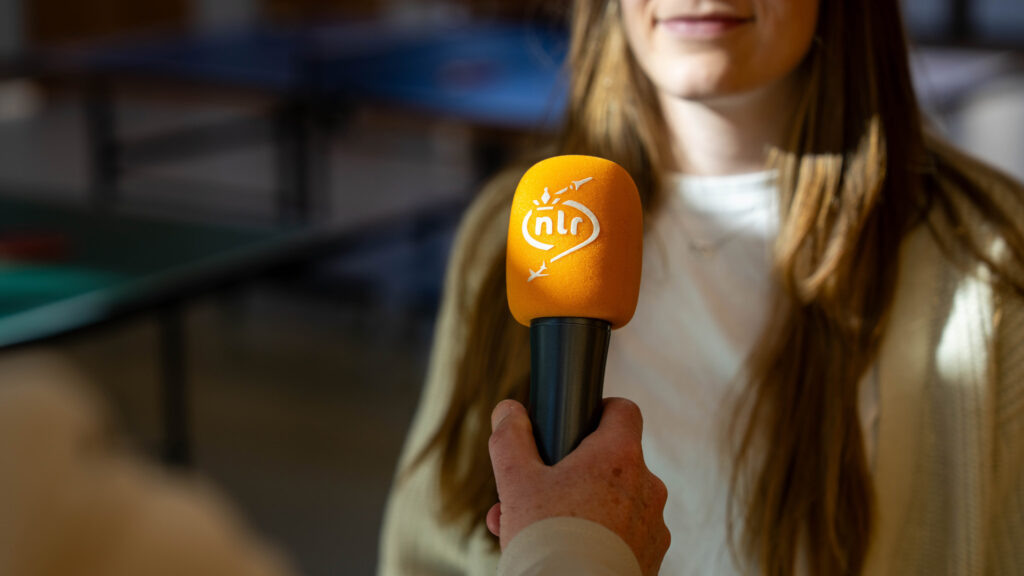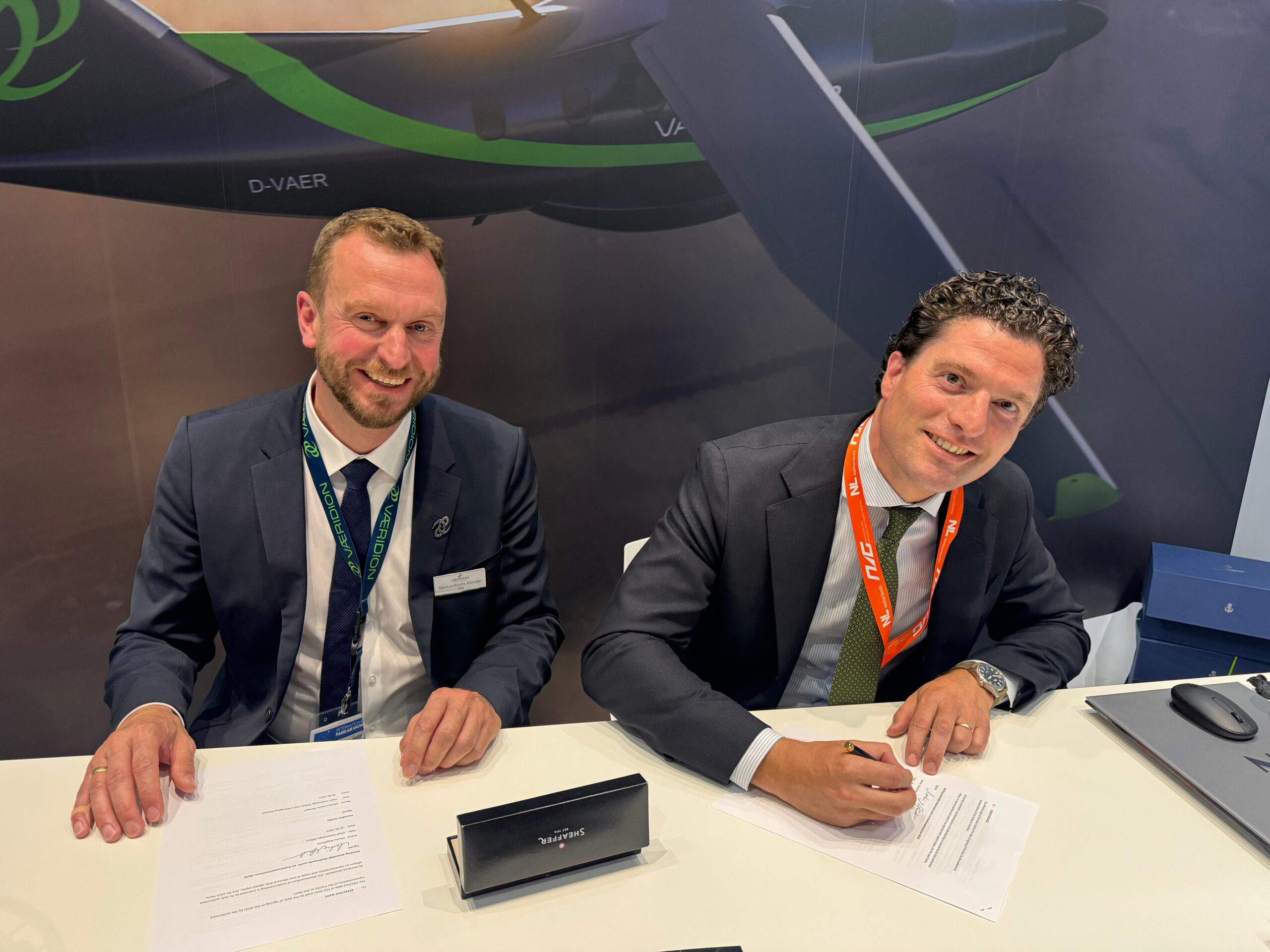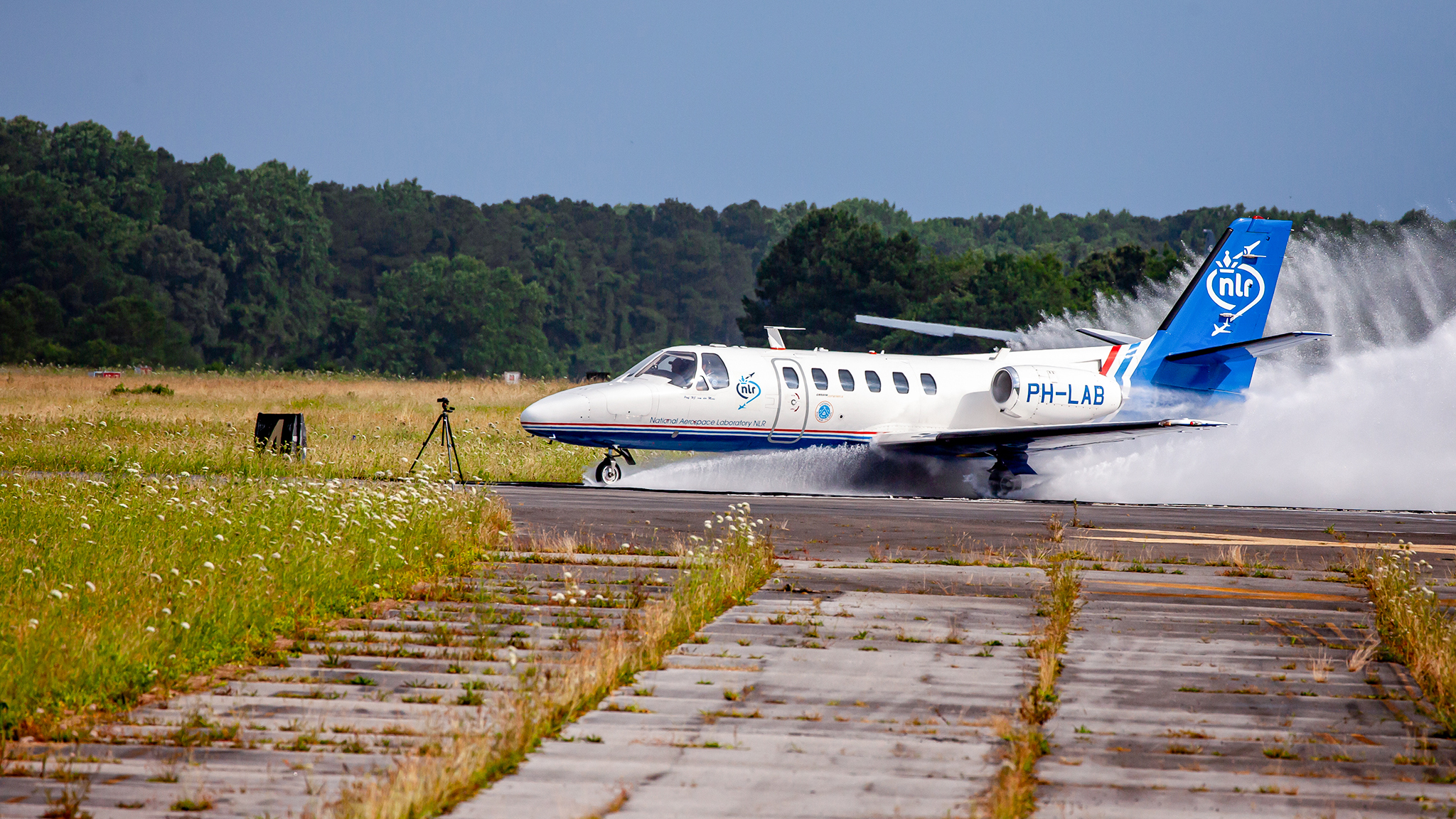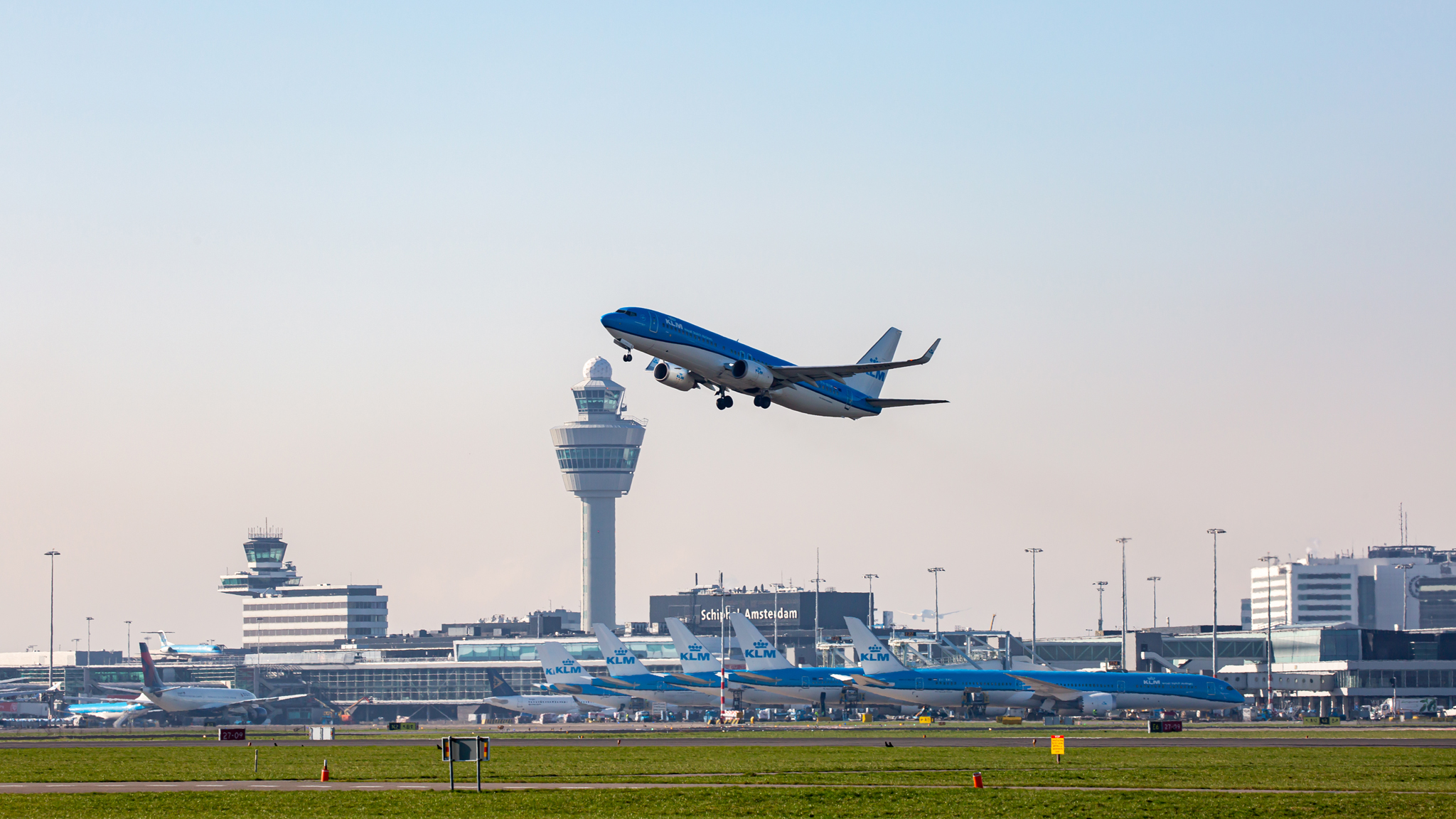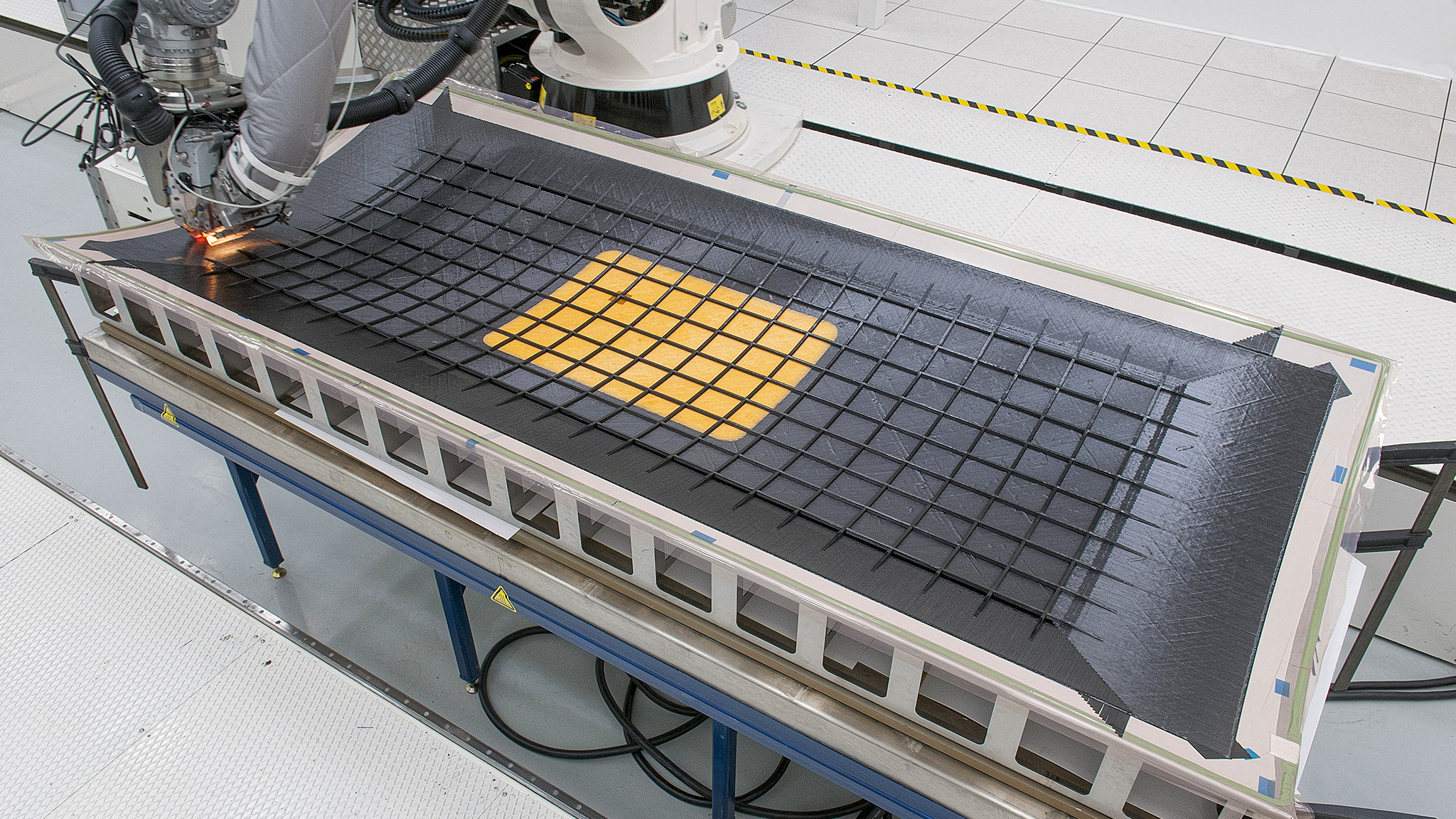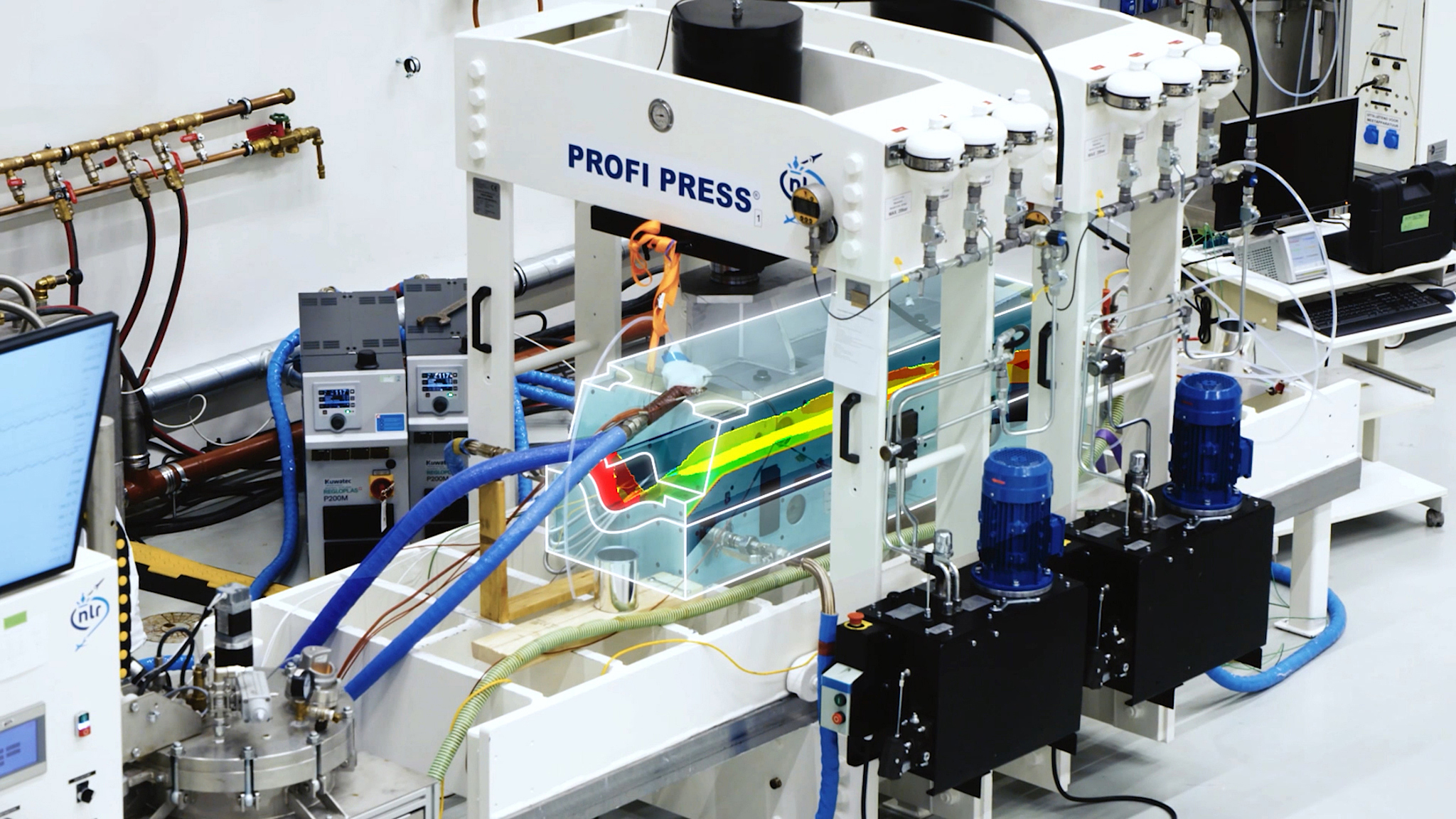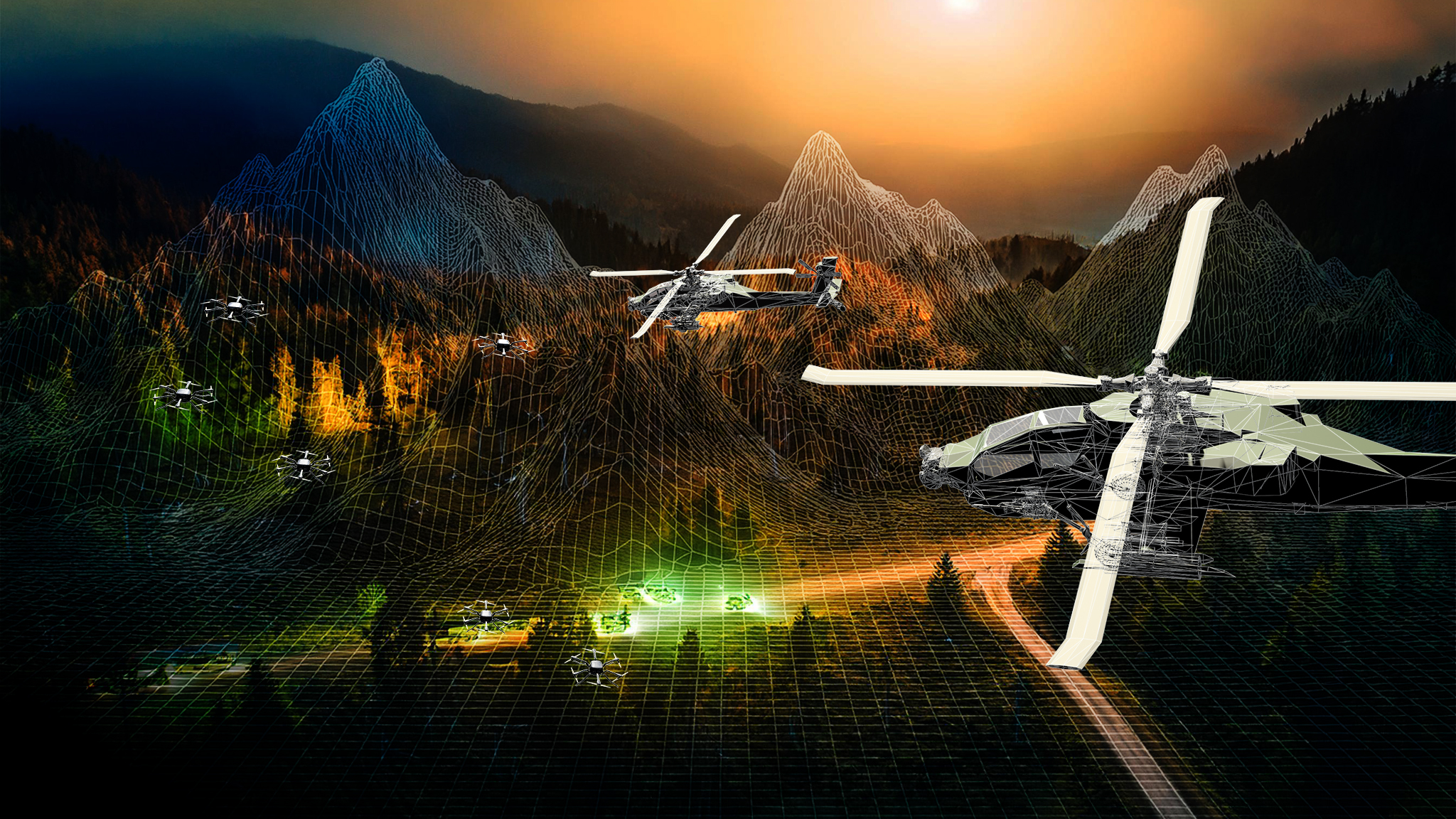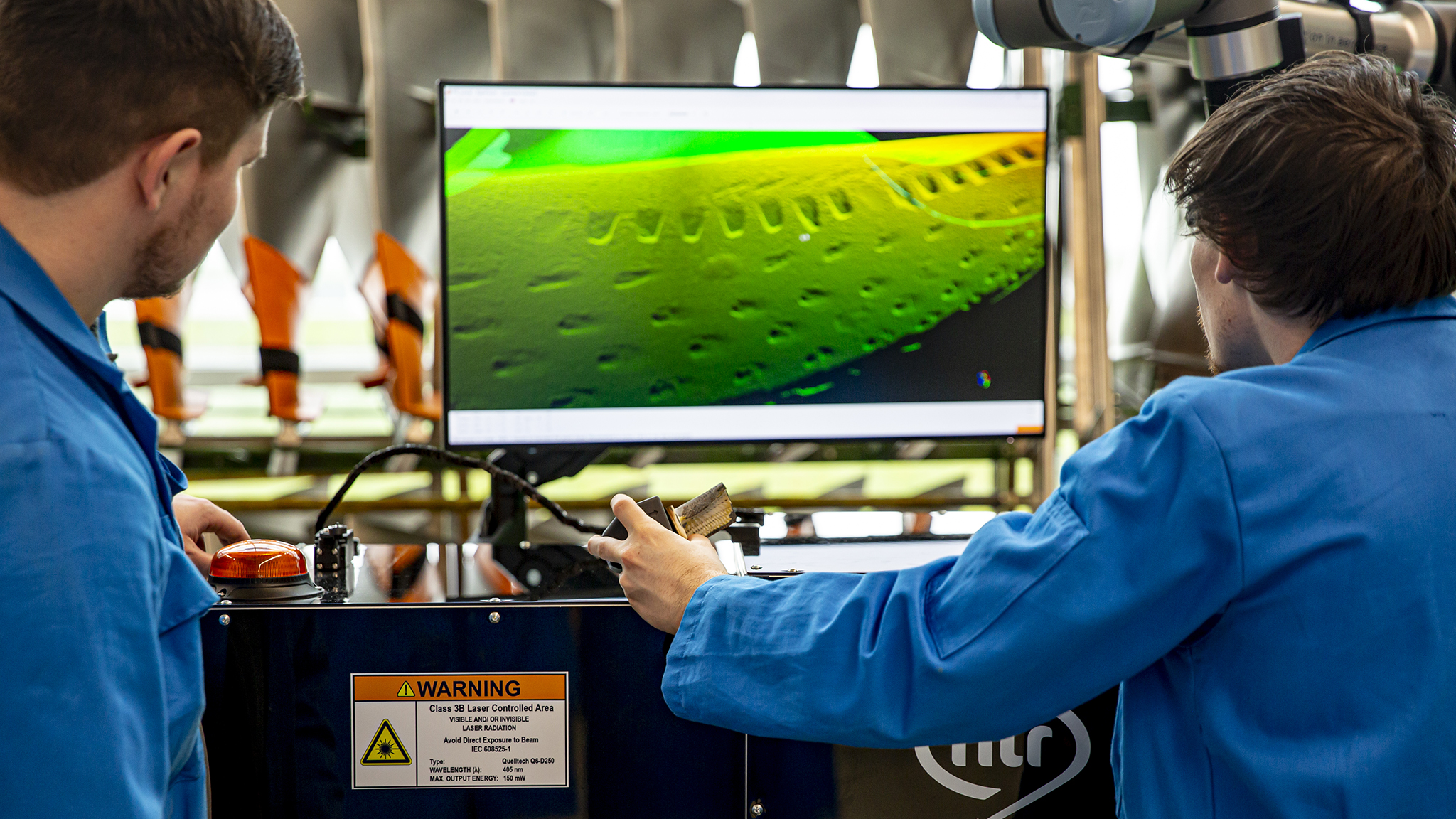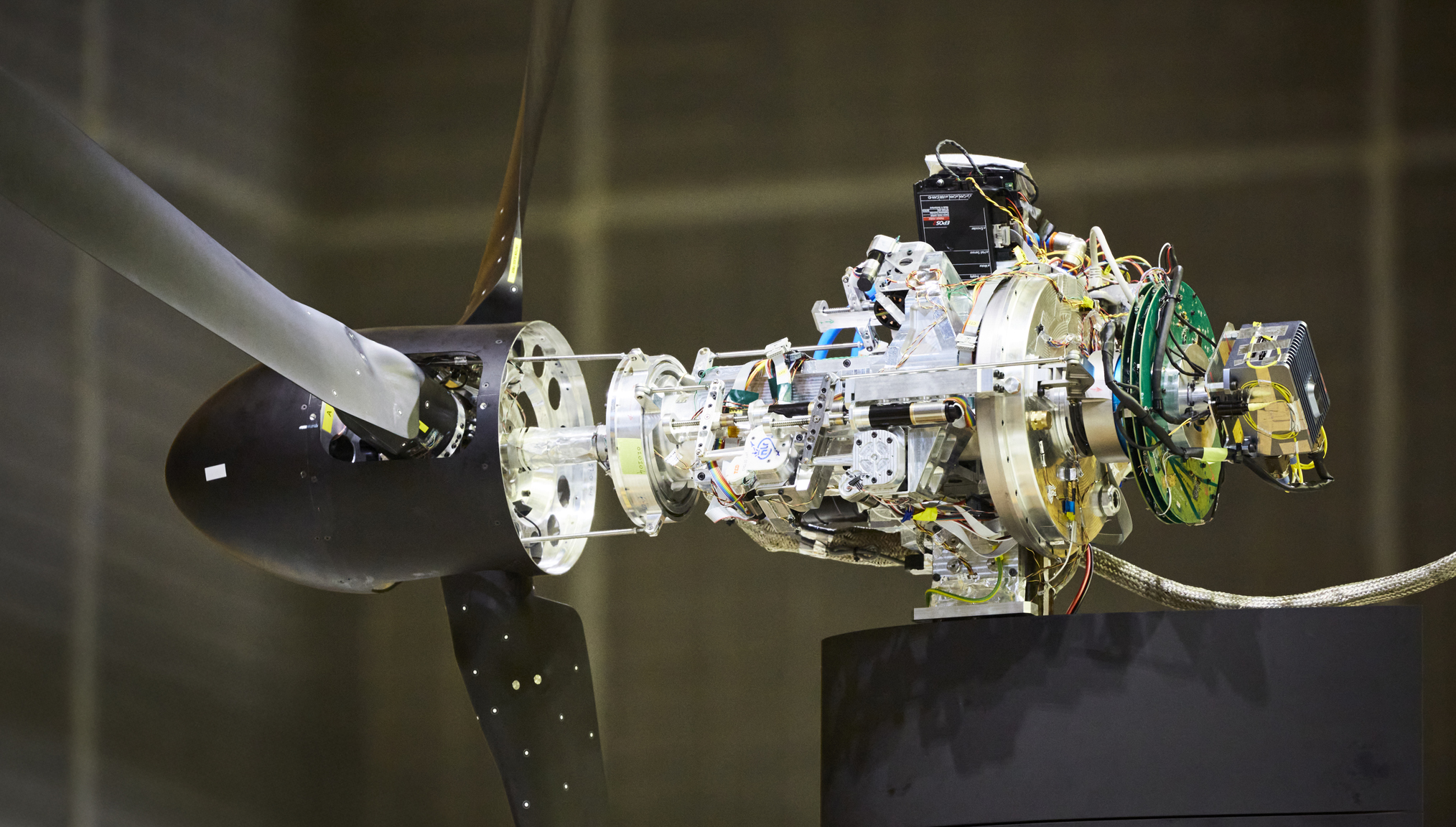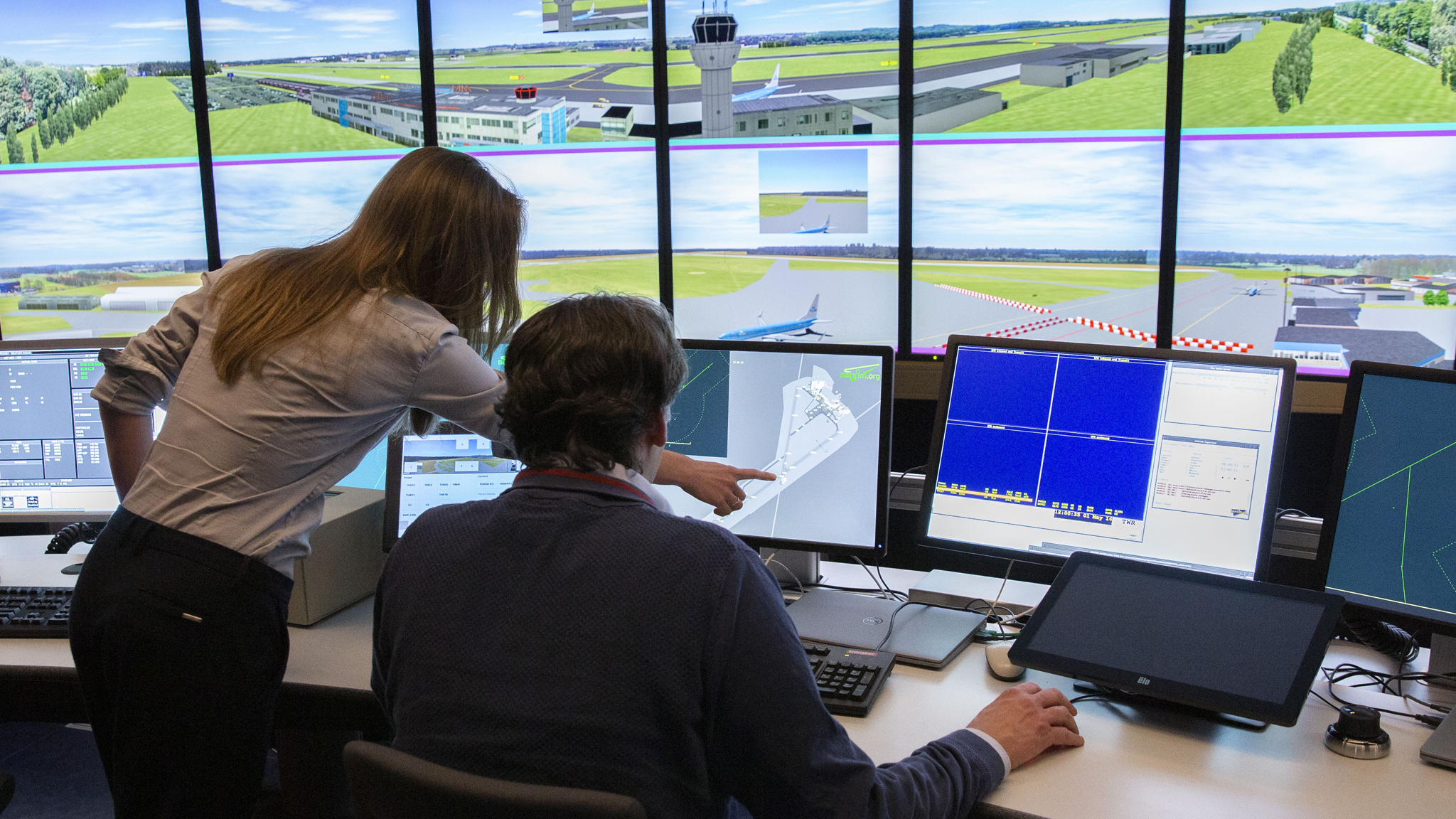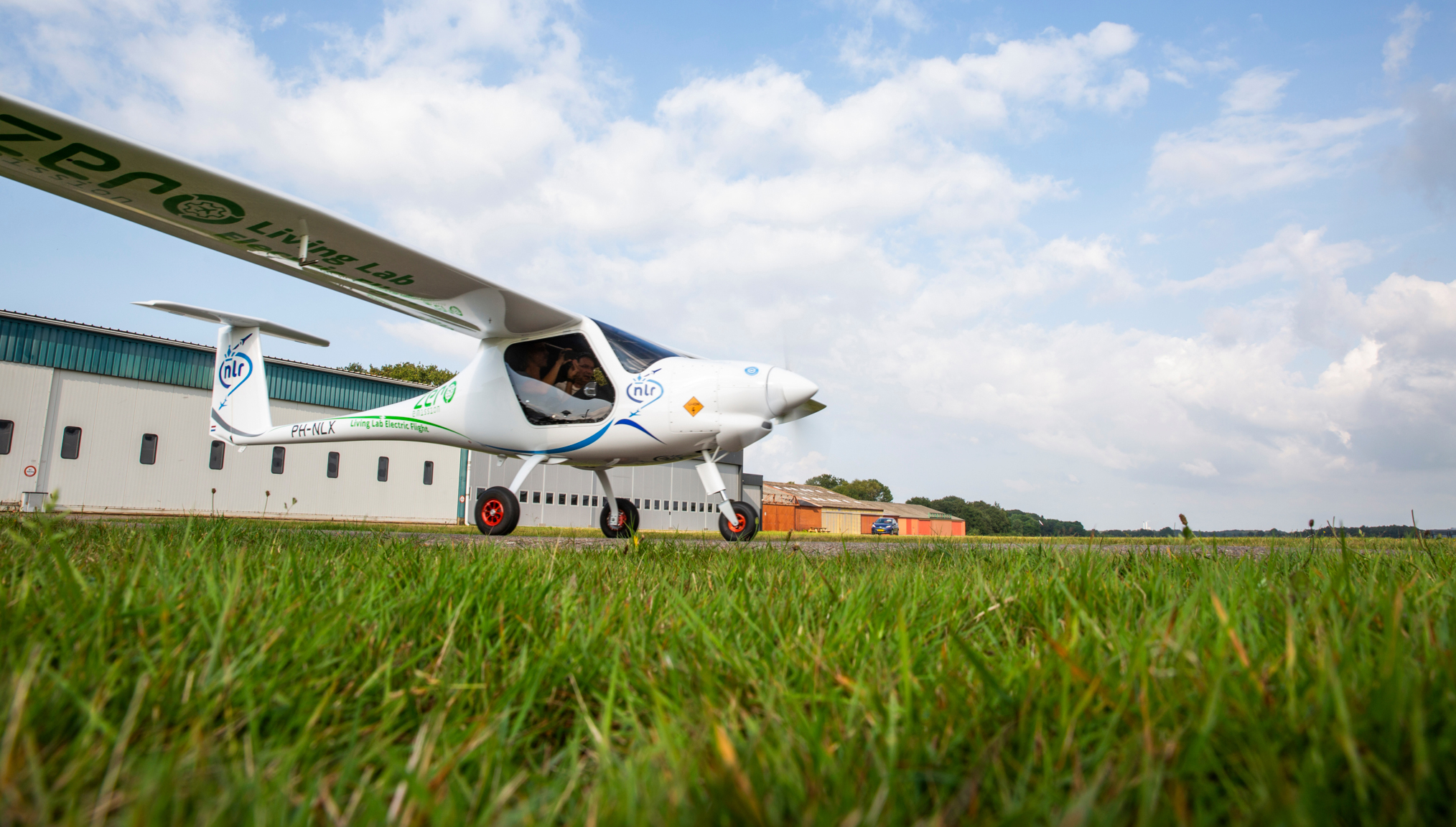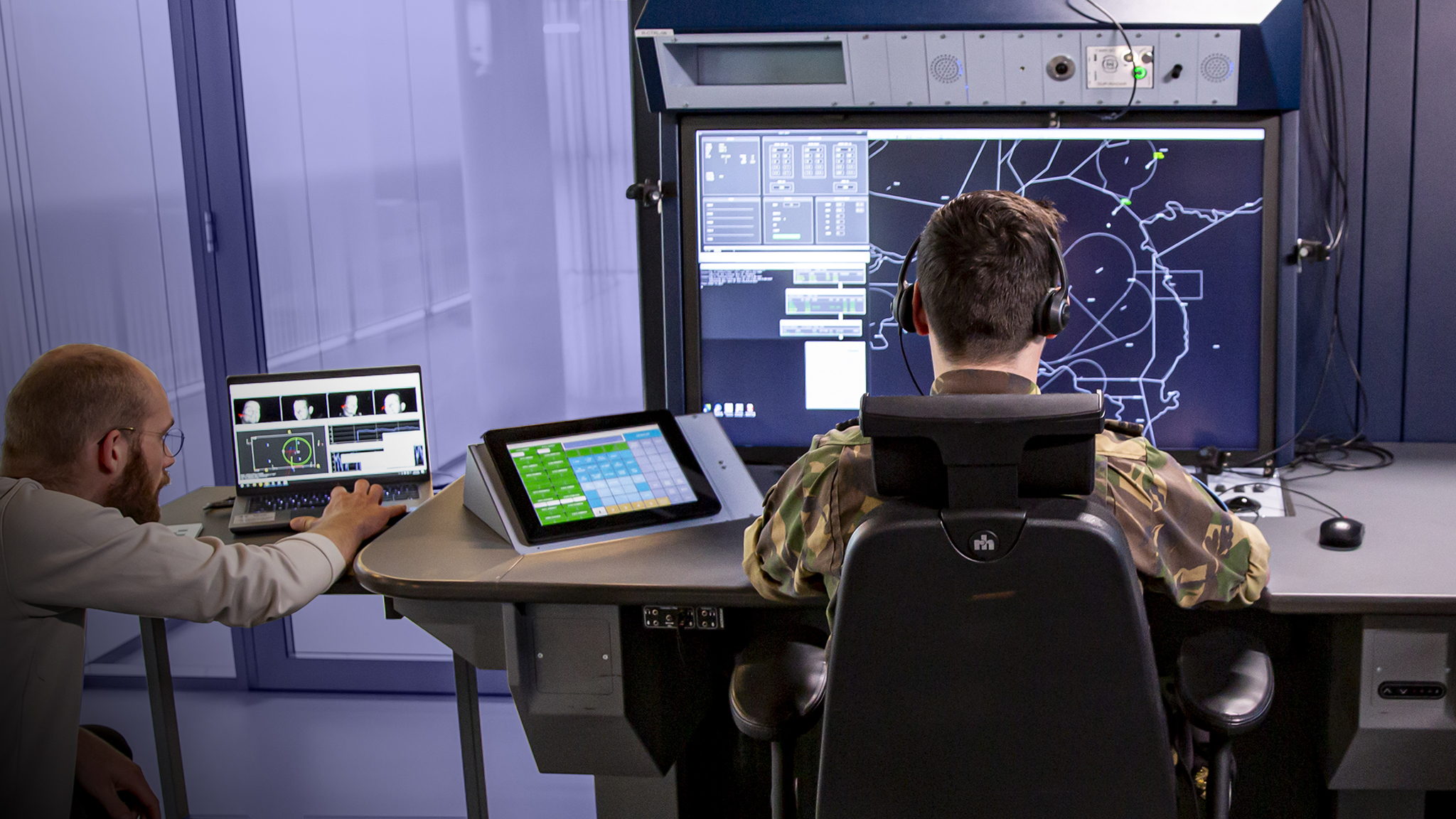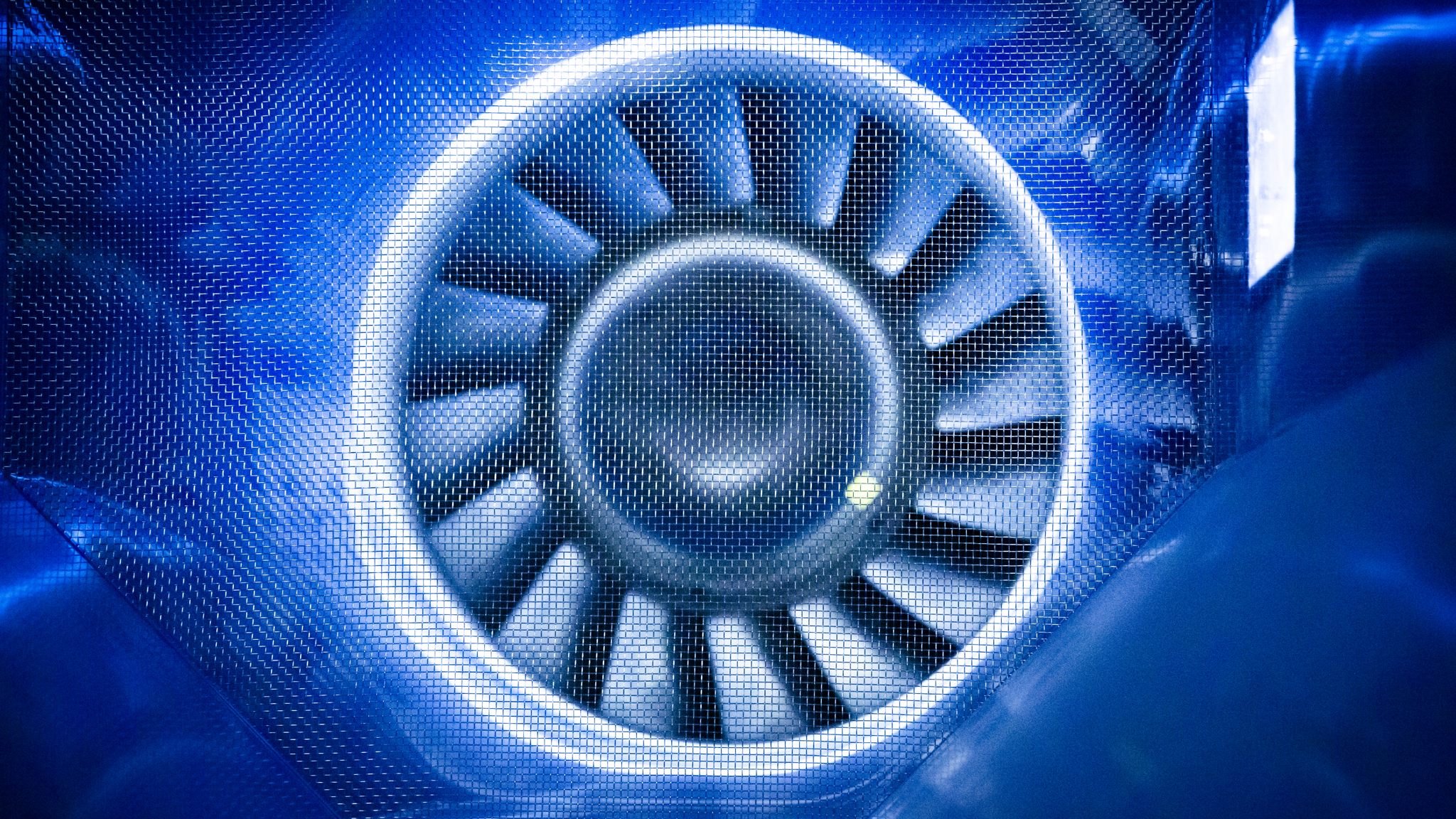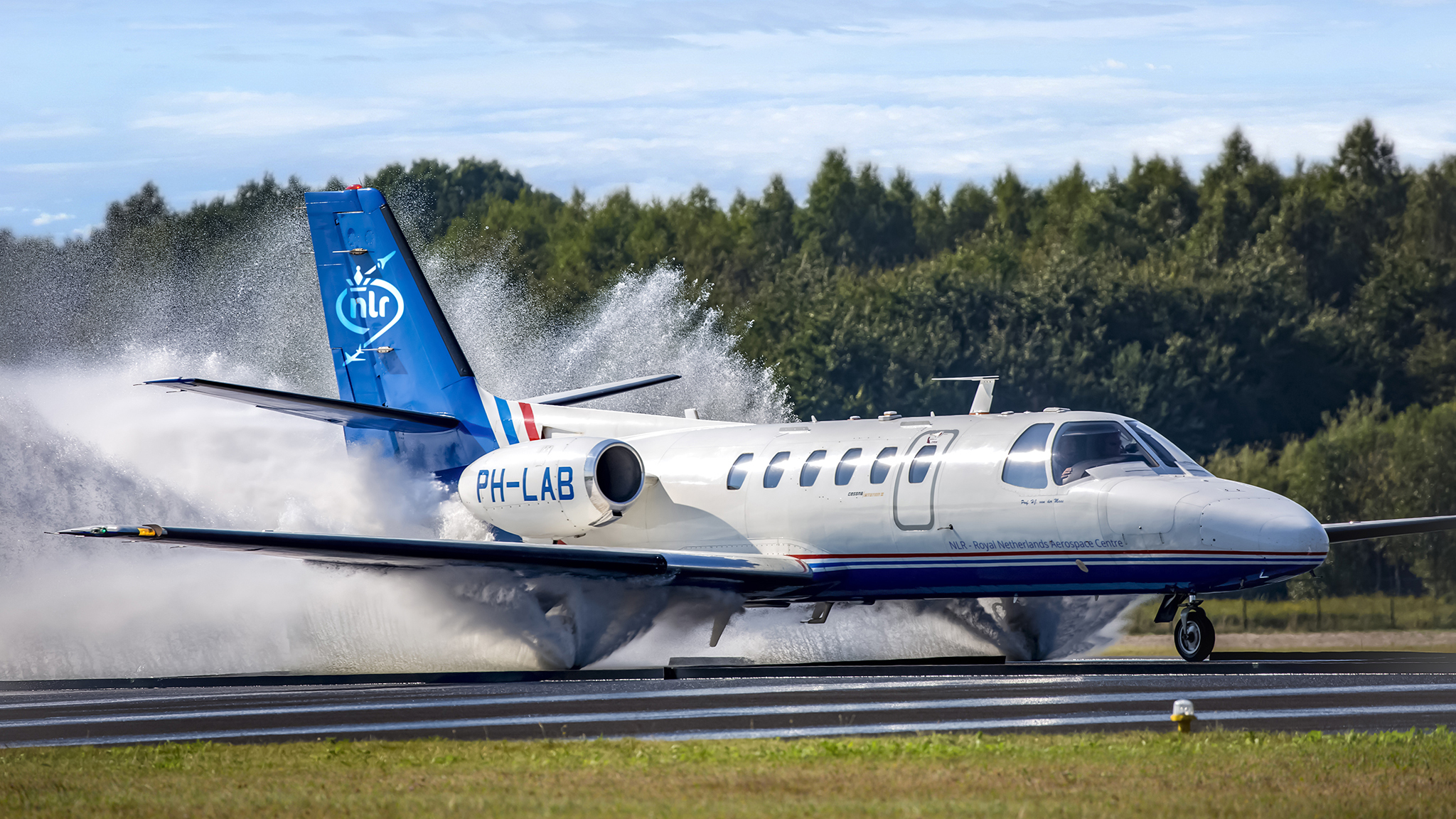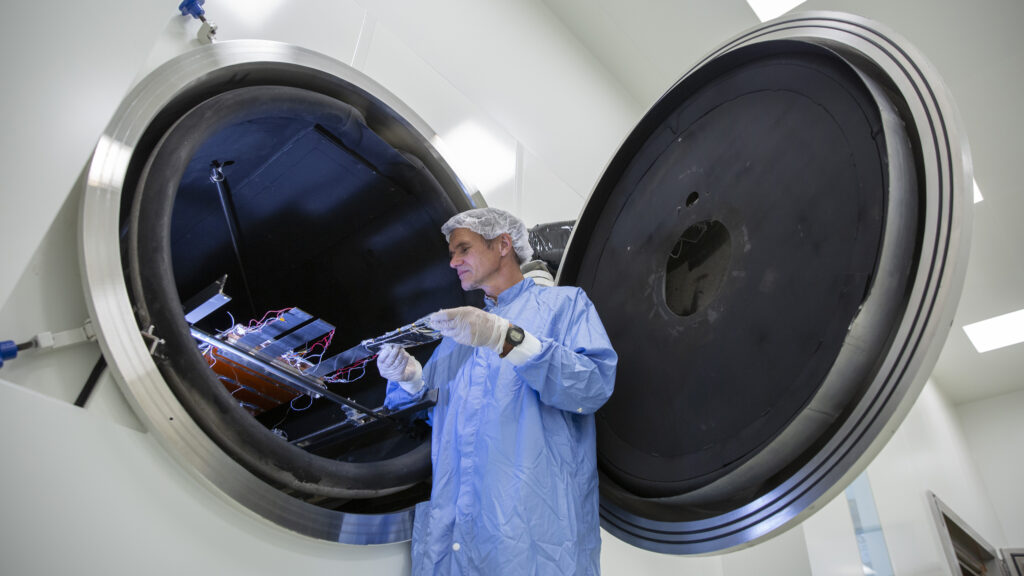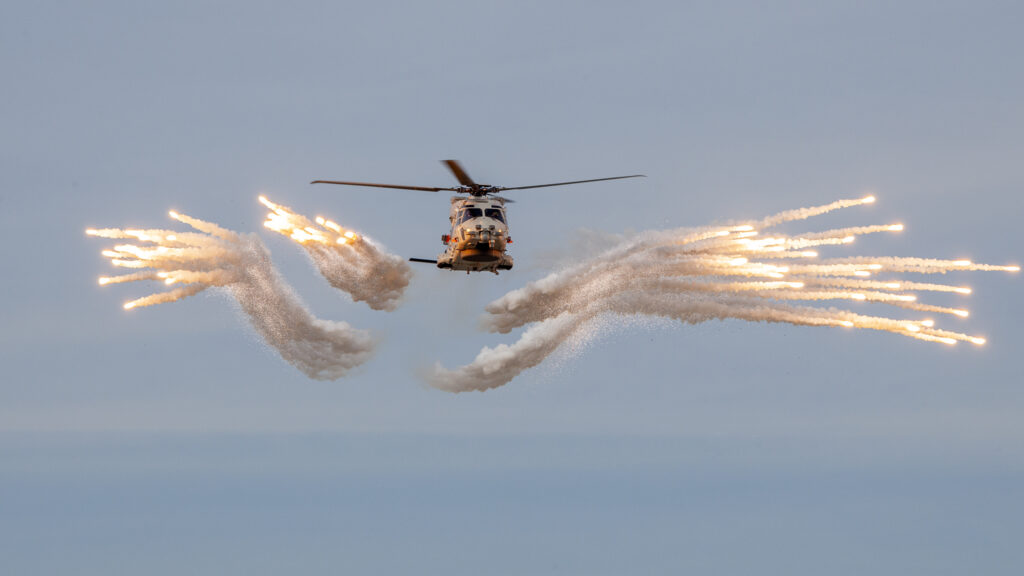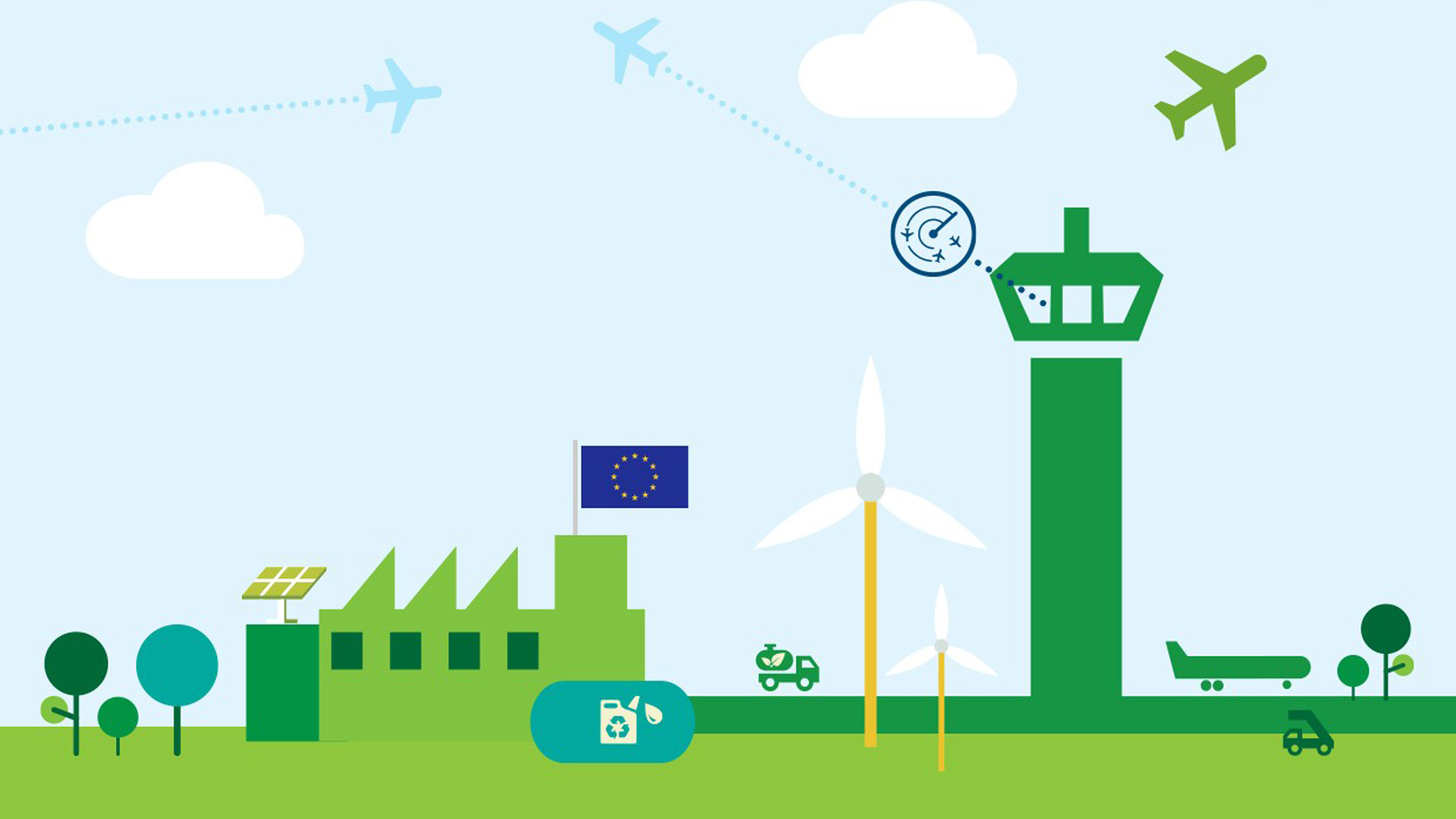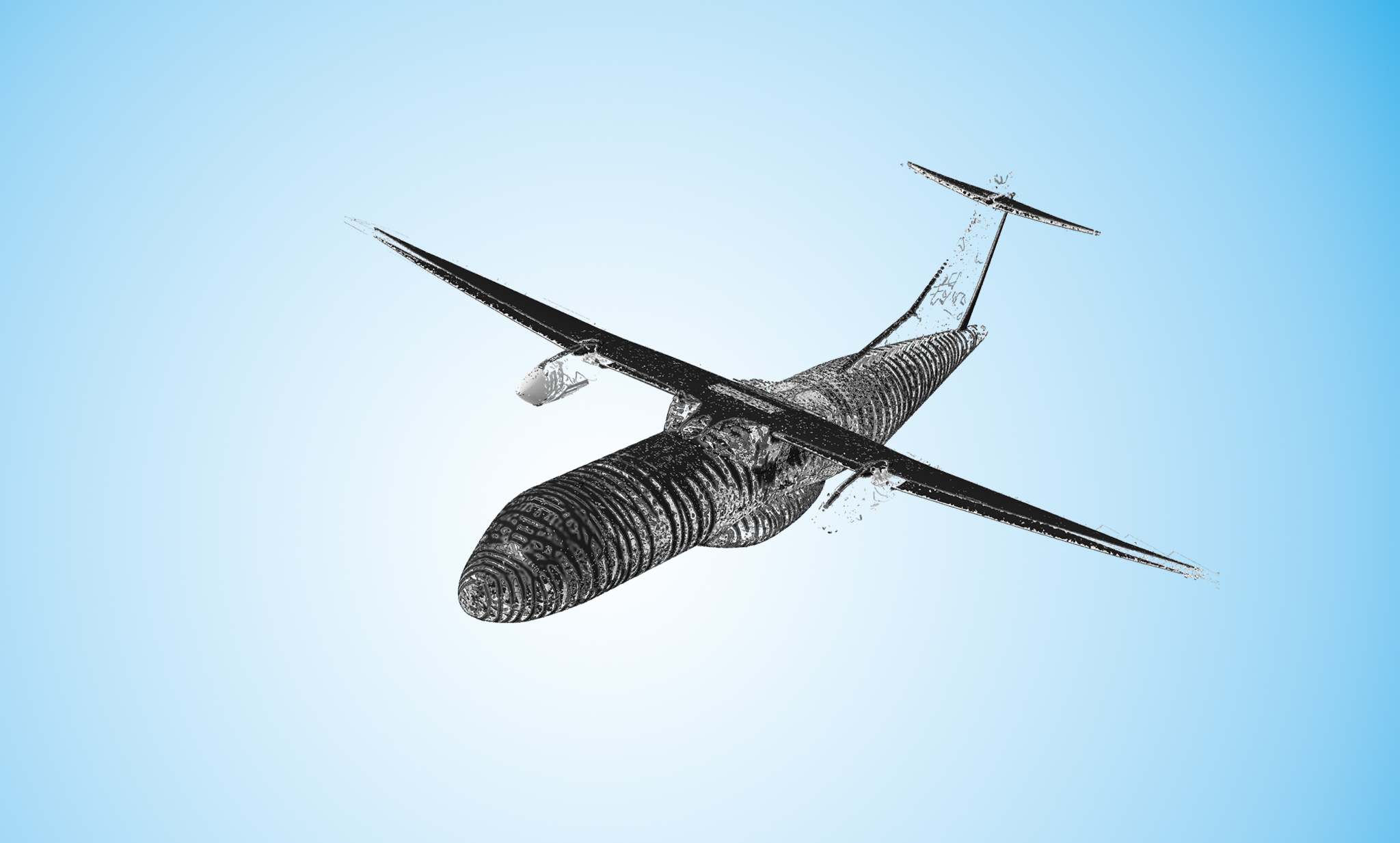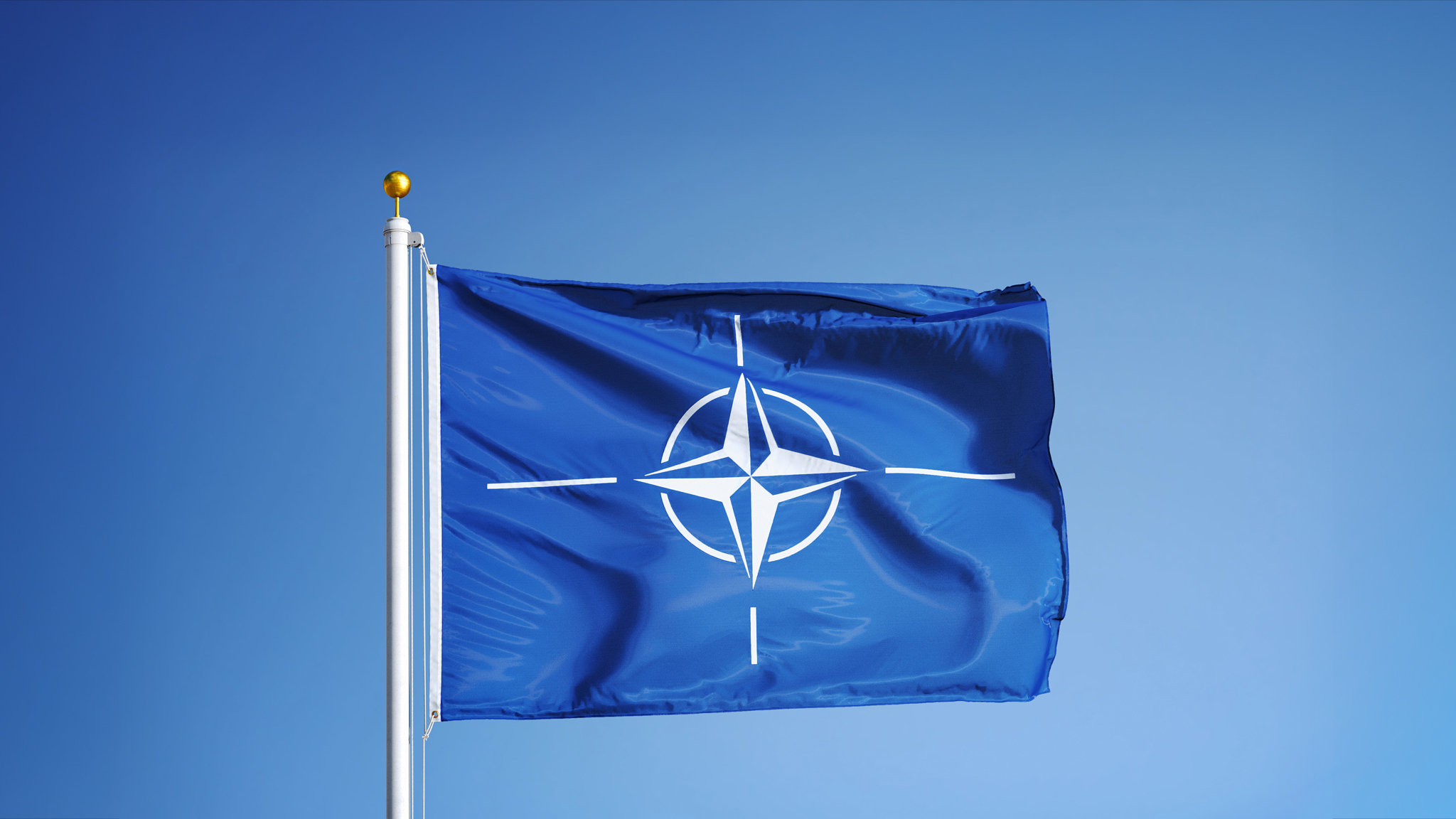
Defence and Security
24 June 2025
NLR plays crucial role as partner between government and industry during NATO Summit
23 June 2025 – During the NATO summit in The Hague, Tineke van der Veen (CEO) and Martin Nagelsmit (CTO) of NLR attended the NATO Summit Defence Industry Forum (#NSDIF), where defence ministers from NATO countries were present alongside experts and industry representatives. The forum focuses on improving cooperation between NATO and the defence industry. […]

Flight Operations and Certification
19 June 2025
International IFAR Research on Atmospheric Electrical Phenomena
How does the formation of storm clouds and electrical charging high in the sky work? Through flight measurement campaigns, the ELECTRI-FLY project aims to deepen its understanding of these kinds of atmospheric electrical phenomena. The project launch meeting marks the official start of an international scientific collaboration. On the occasion of the IFAR (International Forum […]
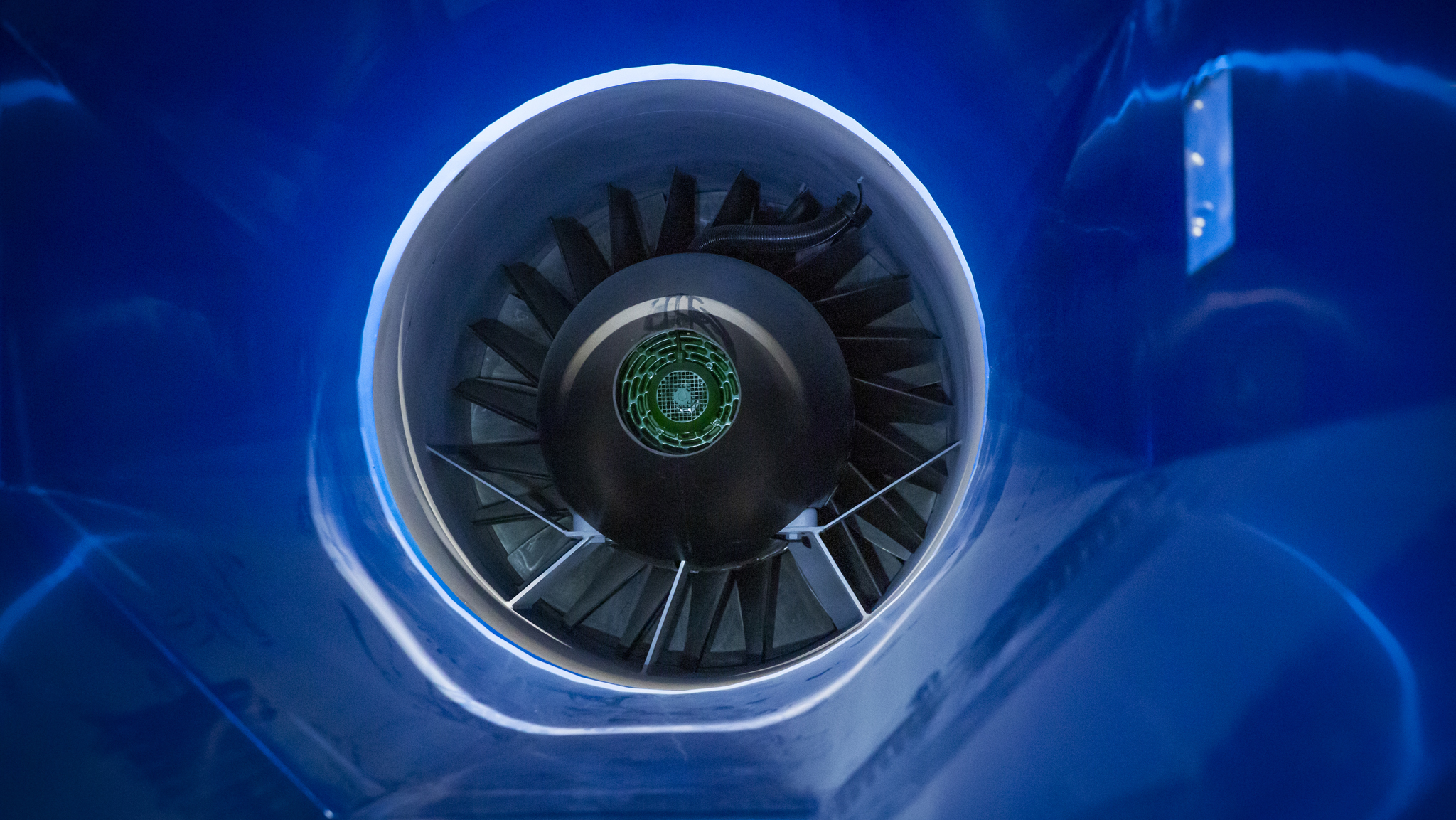
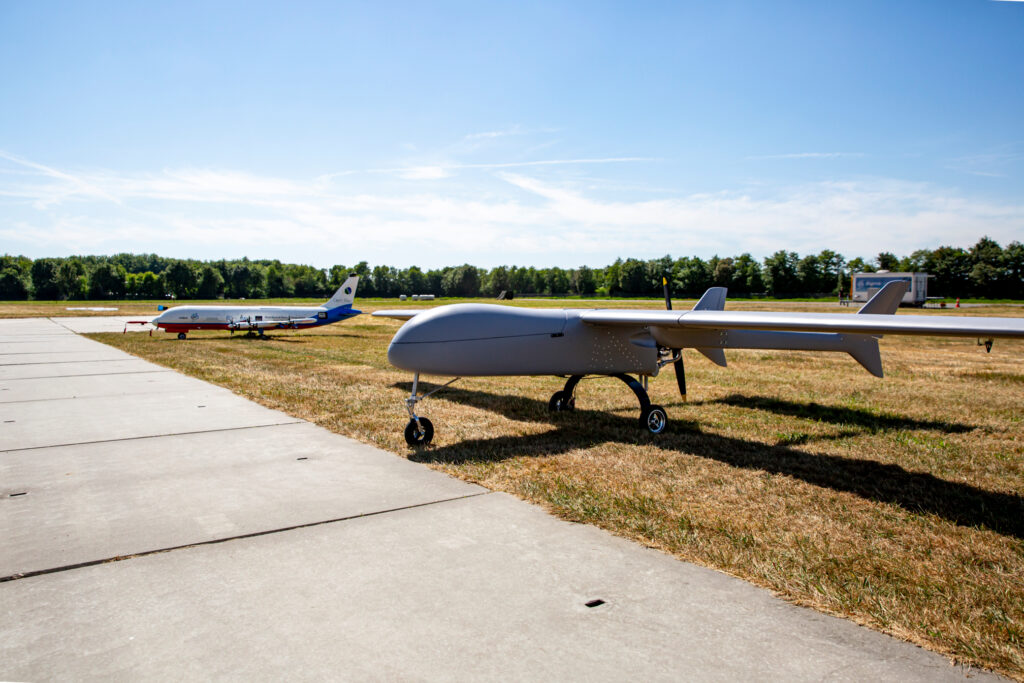
Defence & security
Accelerating drone research for Dutch Defence: the strength of an ecosystem
AGENDA
Let’s meet!
16-22 Jun
Paris Airshow
5 Oct
ESA/ESTEC Open day
6-7 Oct
SAMPE Europe
8-9 Oct
Electric & Hybrid
14-16 Oct
MRO Europe
18-20 Nov
Space Tech Europe
10-12 Mar
JEC World
Areas of expertise
Programmes
Markets
NLR Repository
Newsroom
Stay up to date with the latest developments. In the Newsroom you can find the latest news, articles, and blogs from NLR. We also showcase a range of videos and publications here. For more video content, please visit our YouTube channel, NLRmedia.
